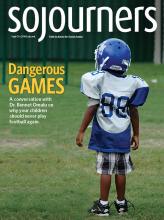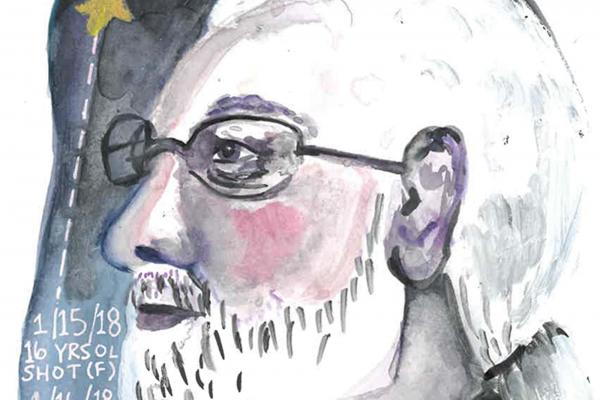Bio: Bill Terry is rector of St. Anna’s Episcopal Church in New Orleans. In 2007, he started to list the names of individuals recently murdered in the city on a board outside of the church’s building. The church sees the “murder board” as a public memorial, a way to humanize victims of urban violence.
Website: stannanola.org
1. What inspired the murder board? When we talk about murder in the United States, we tend to talk in terms of numbers. Cities talk in terms of a murder rate, which is dehumanizing. We thought we would start listing the names of murder victims rather than numbers. We used to have the names printed, but the printers couldn’t keep up, so we started writing them down. We list the names, the age, and whether the individual was shot or stabbed. That has a visceral impact and, in and of itself, tells a story. There’s nothing glorious about it. It’s a holy site, and people have a holy response to it. Through the board, we began to humanize the deep loss in our city.
2. What impact does the board have? It’s hard to be a Republican or a Democrat when looking at the murder board. It’s hard to be accusing and making aspersions against a race, community, or economic class. More than 2,000 names are on that board alone. They are [people murdered] from 2007 to 2012 in a city of less than 500,000. And during that period, our population got as low as 350,000. I had a police officer who came here and noticed the permanent memorial. He asked if it was all the murders in the state, and I said no, it’s [murders] in New Orleans. He was shocked. Then he went over and started reading the board from left to right. He spent about 20 minutes just slowly walking along the board. He walked back to me, very quiet, tears in his eyes. He said, “I counted three guys I went to high school with. I had no idea, Father.” Then he quietly walked away. That’s the transformative power of our public exhibition.
Read the Full Article

